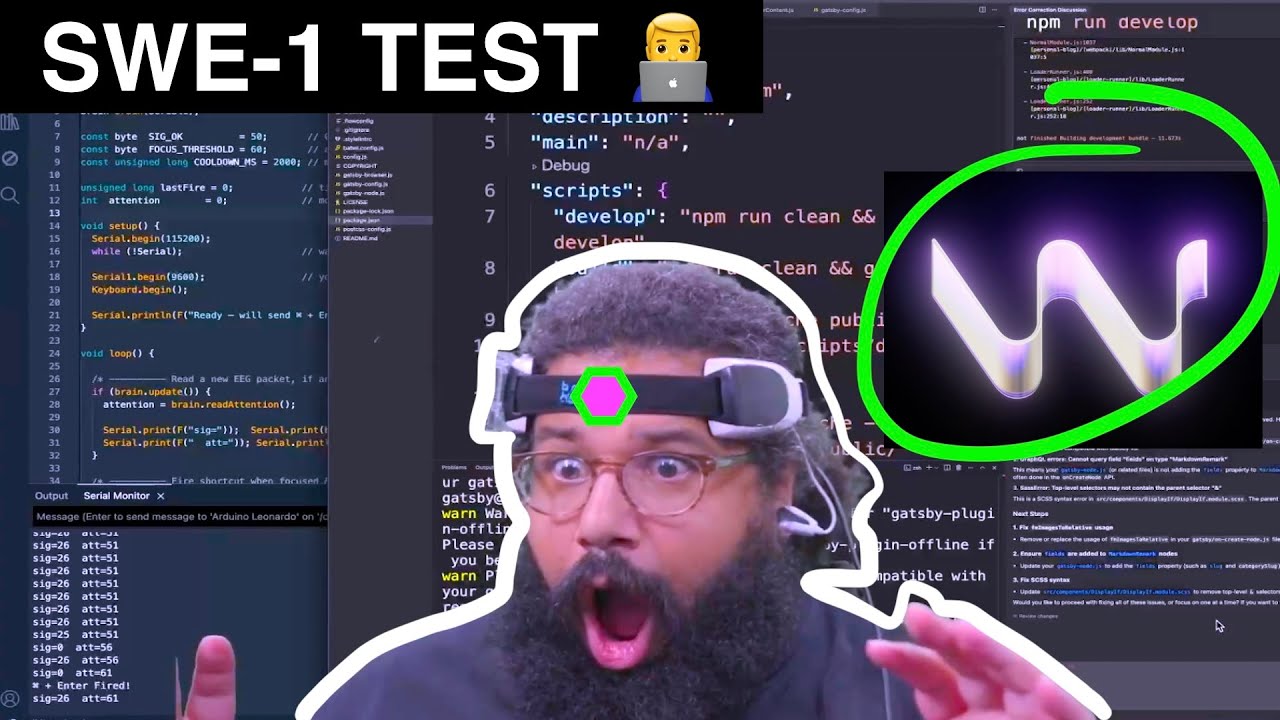The video showcases a live demonstration of testing and refining local coding models designed to assist with windsurfing tasks, such as weather prediction and equipment management. It highlights the technical process of model development, challenges faced, and potential benefits for the windsurfing community, encouraging viewer feedback and future collaboration.
The video titled “LIVE Testing SWE-1 Windsurf Local Coding Models” appears to be a live demonstration or testing session focused on evaluating local coding models related to windsurfing. The presenter begins by introducing the purpose of the session, emphasizing the importance of developing and refining models that can assist with windsurfing-related tasks, such as navigation, weather prediction, or equipment management. The live format allows viewers to see real-time testing and troubleshooting, providing insights into the development process.
Throughout the video, the presenter showcases the setup of the local coding environment, including the tools and frameworks used to build and test the models. They highlight the specific features of the SWE-1 Windsurf model, explaining how it is designed to interpret data relevant to windsurfing conditions. The demonstration includes running the model with various input parameters, observing its outputs, and discussing the accuracy and reliability of the predictions or suggestions generated by the model.
The presenter also discusses some of the challenges faced during the testing phase, such as handling noisy data, optimizing model performance, and ensuring the outputs are practical for windsurfing enthusiasts. They may show adjustments to the code or parameters in real-time, illustrating the iterative process of model refinement. This segment provides valuable insights into the technical aspects of developing machine learning or data-driven models for niche applications like windsurfing.
In addition, the video emphasizes the potential applications and benefits of these local models for the windsurfing community. The presenter envisions how accurate weather forecasts, wind condition predictions, or equipment recommendations could enhance safety, planning, and overall experience for windsurfing enthusiasts. They invite feedback from viewers and encourage collaboration to improve the models further, highlighting the open and experimental nature of the project.
Finally, the session concludes with a summary of the key findings from the live testing, future plans for model improvements, and an invitation for viewers to follow the development process. The presenter may also mention upcoming features or additional testing sessions, fostering ongoing engagement with the community interested in windsurfing technology and local coding models. Overall, the video provides a transparent look into the technical efforts behind creating specialized models for windsurfing.
